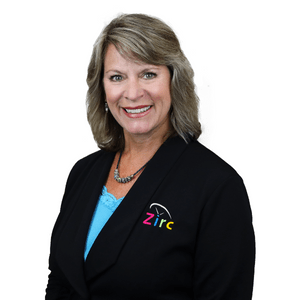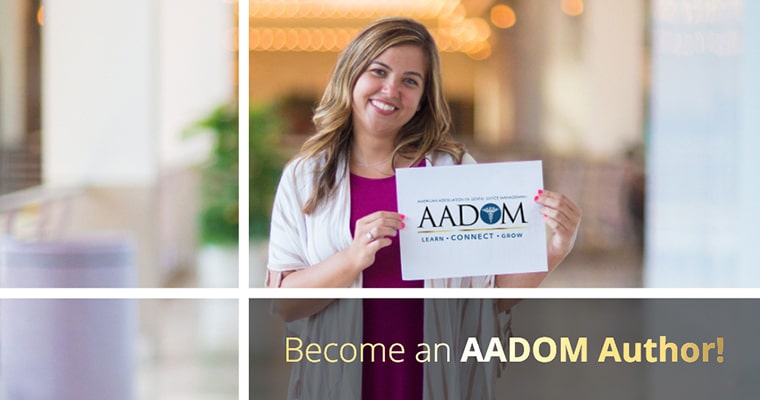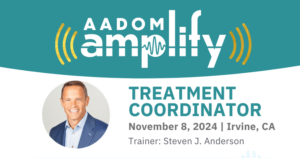6 Strategies to Reduce Stress and Stay Productive in Your Dental Practice
You know “those days” getting to work at the dental practice to discover your co-worker called in sick. You might feel bad that they are sick, but then it hits; I’m working short-staffed today and the schedule is heavily booked!
As a former dental assistant, I can still remember the feeling of my sinking spirits and rising anxiety with this type of a tough day ahead.
I would try to quickly recover and put myself in a just-get-me-through-this mode. Now, imagine coming into this kind of environment every day, maybe for weeks or even months!
Many of you are dealing with just that on a regular basis. There is a significant shortage of dental professionals, including assistants, hygienists, office administrators, and dentists!
- According to a June 9, 2021, ADA news article, 35% of dentists are looking for assistants, 28% need hygienists and 26% want administrators.
- Of those dentists, 80% are finding the recruitment process extremely challenging. During an October 11th, 2021, podcast hosted by Dental Economics, Next Level Practice consultant and founder, Dr. Gari Kadi, stated, “Since the pandemic, dentistry has lost over 10% of its workforce.”
I am an efficiency consultant with Zirc Dental Products, Inc., where we manufacture products to help dental practices become more efficient, safe, and happy.
I work directly with practices, and one of the biggest concerns I hear on a daily basis is the difficulty they are experiencing while working short-staffed.
This has been an issue well before Covid-19, but the pandemic has certainly exacerbated the problem.
The Problem: Emotional and Financial Stress…
The following stressors from working short-staffed can cause burn-out, lost revenue, and frustrated teams and patients:
- Running behind schedule
- Decreased production
- Continuous training (Temps, subs, family members, cross-training team members)
- Inefficient inventory management
- Increased cost of supplies
- Missing items at chairside
- Poor patient perception
- Stressed, unhappy team
- Non-compliancy (OSHA and maintenance schedules)
- Increased employee turnover
- Salaries increased and employees working over-time
The Solution
The good news is, there are some strategies to maintain production while we are working short-handed.
Additionally, once you have a complete team back in place, these strategies will make you even more productive than you were before! Bonus!
Here are a few tips and tricks to get through the day…
1. Morning huddle: Be sure that the entire team is present for a morning huddle. Spend fifteen minutes at the beginning of the day to check in with each other and see how everyone is doing. During this time, you will review the schedule from the day before and see if there were any hiccups.
A quick discussion will prevent those same pain points from happening repeatedly. Review the day’s schedule and look for potential bottlenecks. Discuss the best place to add emergency patients.
2. Re-evaluate procedure times: Track how long it takes from set-up to tear-down of a procedure when you are working short-staffed to estimate accurate appointment times. Track the times for at least one week and figure out the average time spent.
You may need to consider temporarily adding in a little extra time into each procedure. I understand we don’t like to do this, but it may be necessary to prevent patients and/or employees from leaving.
3. Cross-train: For example, in a pinch, assistants should be able to schedule appointments and answer phones, just as administrators should know how to get a treatment room set-up and reprocess instruments.
When we are missing team members, we must have each other’s backs!
4. Evaluate your clinical systems: Do you find that you must go to multiple areas in order to find what is needed for a procedure, can’t quickly locate what is needed, or are finding an abundance of expired materials?
Perhaps you are running behind schedule and working late to get caught up. If so, it is time to consider making some changes.
Zirc’s Color Method is a simple color code system that identifies each procedure with a different color for quick and accessible material and instrument management. The Color Method has been proven to save time and money, increase efficiency, and create a stress-free, cohesive environment.
It can be implemented in five easy steps:
-
- Get colorful: Assign each procedure a different color.
- Instrument management: Utilize cassettes, bur organizers and procedure trays with locking covers to keep everything together and organized from set-up to sterilization.
- Material management: Procedure tubs become portable drawers for procedure-specific materials. Tubs will reduce the amount of inventory on hand, missing materials at chairside, and lost or expired materials.
- Sterilization Center: Make it the hub of the practice. Store tubs with materials, trays with the instrument set-ups, and extra inventory for tub restocking. Simply grab a blue tray and a blue tub, and you will have everything needed for the procedure. I call that “grab and go organization!”
- Treatment rooms: Countertops should be free of clutter. Utilize the drawers or cabinets to store disposables such as cotton products, gloves, saliva ejectors etc. Learn more about the Color Method at zirc.com
5. Dental Devices: A hands-free isolation/evacuation device is a must for a dentist working without an assistant. It should provide a bite-block, tongue retraction, cheek protection, and high-volume evacuation.
This will allow the dentist to be able to prep and restore a tooth without having an assistant at chairside. Zirc’s Mr. Thirsty One-Step ® does just that! It hooks directly into the HVE valve and provides hands-free isolation to maintain a clear, dry field.
The dentist can perform high quality, yet efficient dental care, even in the absence of their assistant. Mr. Thirsty is pre-assembled, disposable, and requires no additional equipment or set-up fees.
Once the practice hires a dental assistant, they will appreciate the added flexibility a device like Mr. Thirsty can offer. Let’s face it, assistants do a whole lot more than wrangle tongues and suck spit!
Wouldn’t it be nice if the doctor could start a procedure while the assistant attended to one of the many tasks they have in their repertoire?
6. Technology: Start by looking at your existing dental software. Many times, there are features that you may not know exist that could help the team work more efficiently.
I encourage you to do some research on what’s available in order to streamline systems which frees up time for the team. There are so many options available; below are a couple that have been recommended to me:
- Zen Supplies: A web-based platform that manages inventory down to a single cotton roll! It processes the ordering of supplies, manages back-orders, and controls your budget, in very few man hours.
- Revenue-Well: An all-in-one dental practice marketing and patient communication platform. It provides on-line scheduling, automated appointment confirmation, on-line patient forms and bill payment, freeing up a ton of time for your administrative team.
Working short-staffed doesn’t mean that our days must be chaotic or unproductive! Implement some strategies that will provide a sense of calm as we weather the storm. Challenging times are often the catalyst that force us to make improvements in our lives.
In the end, once we invest the time to improve our practices, the team will be happier and more productive whether working short-handed or not.
Meet the Author

Kay Hickey is an efficiency consultant at Zirc Dental Products, a corporate sponsor for AADOM.
She enjoys speaking and training clinical systems to help practices become safe, happy, and efficient. Kay is a former dental assistant and dental assisting educator.
She has authored four children’s dental books and has written several articles for various dental publications.
Kay is a member of the Speaker Consultant Network and served on the Minnesota Dental Assisting Board.kay@zirc.com








